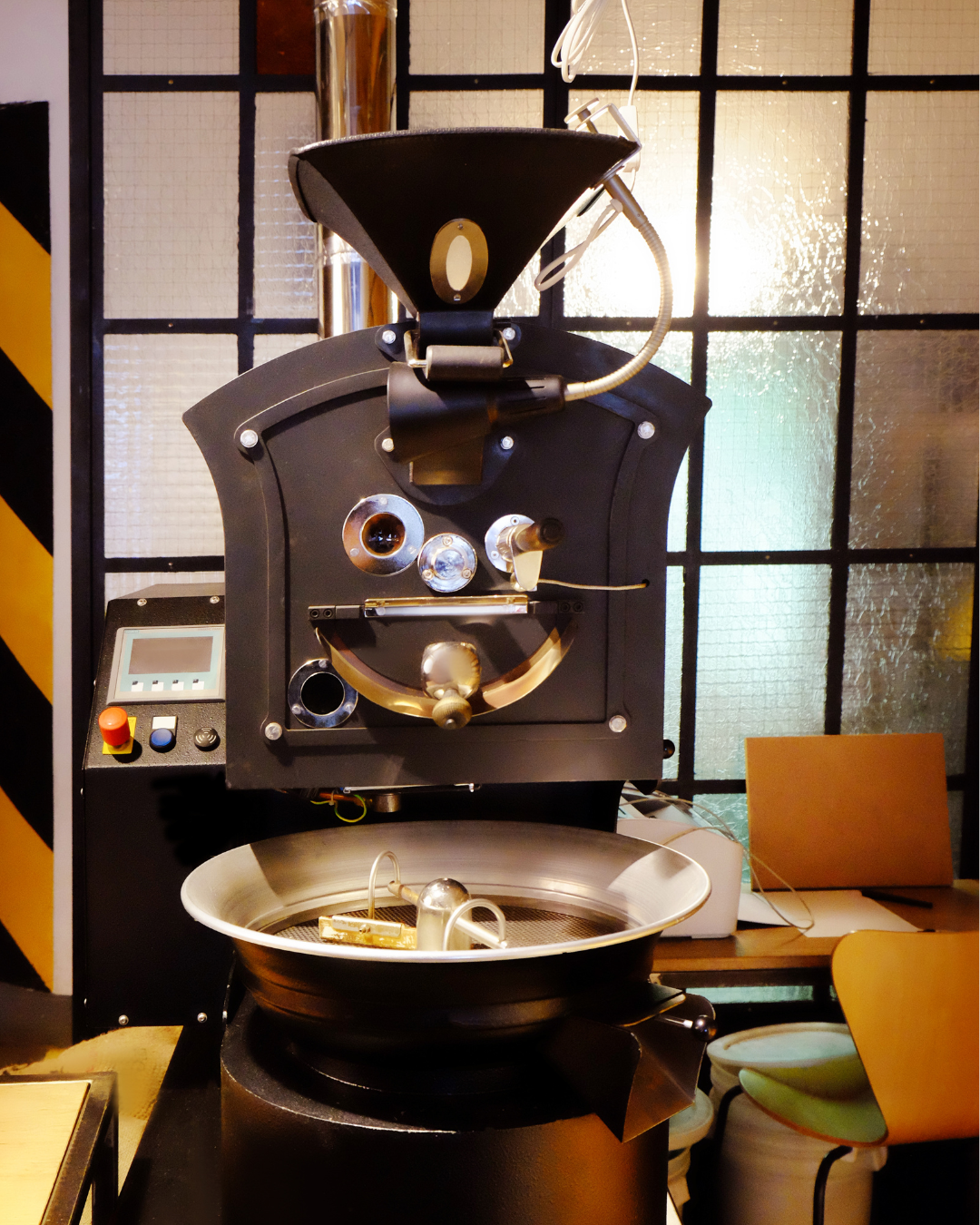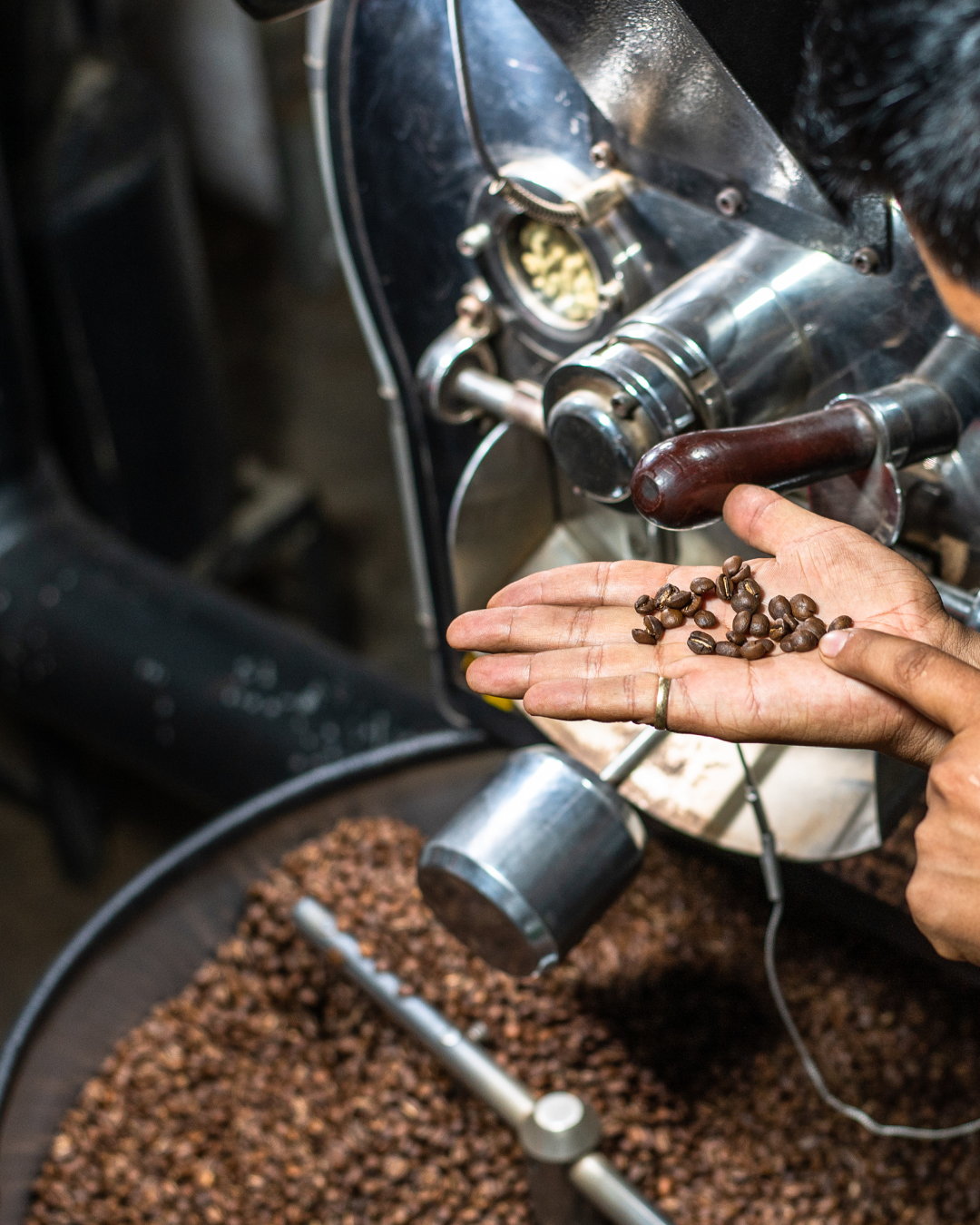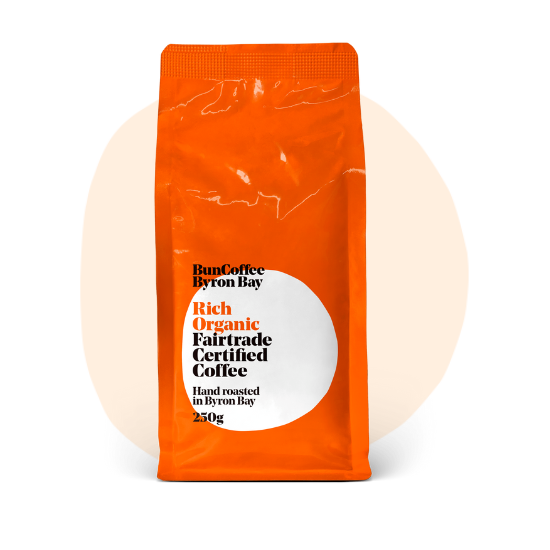Despite not being as well known as its neighbors, Tanzania is actually the fourth-largest coffee producer in Africa, behind Ethiopia, Uganda, and Cote d’Ivoire. In fact, since the 19th century, coffee has been one of the country’s most important exports. Coffee is mainly grown in the north, on the slopes of the scenic Mount Kilimanjaro, and in the south, home to producing regions such as Mbeya, Mbinga, and Mbozi.
Process:
Mielado, meaning “honey glazed” in Spanish, gives the appearance of honey coffee but is processed differently. Cherries are piled in wooden boxes, covered by plastic, and
undergo an intense exothermic fermentation. Stirred daily, the cherries reach the
right fermentation point when they explode and release digested sugars. Pulped, not
washed, the coffee is laid thin on drying beds for a fast dry. After 10 days, it is fully
dried and then conditioned before being bagged in hermetic storage.
This coffee comes from Edelweiss Estate, located at the edge of the Ngorongoro Conservation Area and surrounded by indigenous forests. The farm, which stretches from 1,650 - 1,820 meters above sea level, was founded by German settlers around 1900, taken over by the British administration after World War II, and bought by Mr. BN Vohora in 1969. As the farm is located in a very remote region in Northern Tanzania, the Vohora family aims to engage with the surrounding community. They run various sustainability projects to support the local community and protect the natural environment. They provide apprenticeships at the farm, support local schools, and founded nurseries for their employees‘ children. Additionally, the farm shares a green border with the Ngorongoro Conservation Area. As a result, elephants and buffalos cross the coffee plantation regularly, challenging the farm and its delicate trees.
The trees flower between November and February and the harvest starts in early July. At their wet mill, cherries undergo different processing methods. This coffee, for instance, underwent honey processing. Coffees are de-pulped but not washed, keeping their natural sugary layer of mucilage when they undergo fermentation and then drying. The result is a cup that combines the crispiness and brightness of a washed coffee while sharing the fruitier notes found in natural coffees.
























